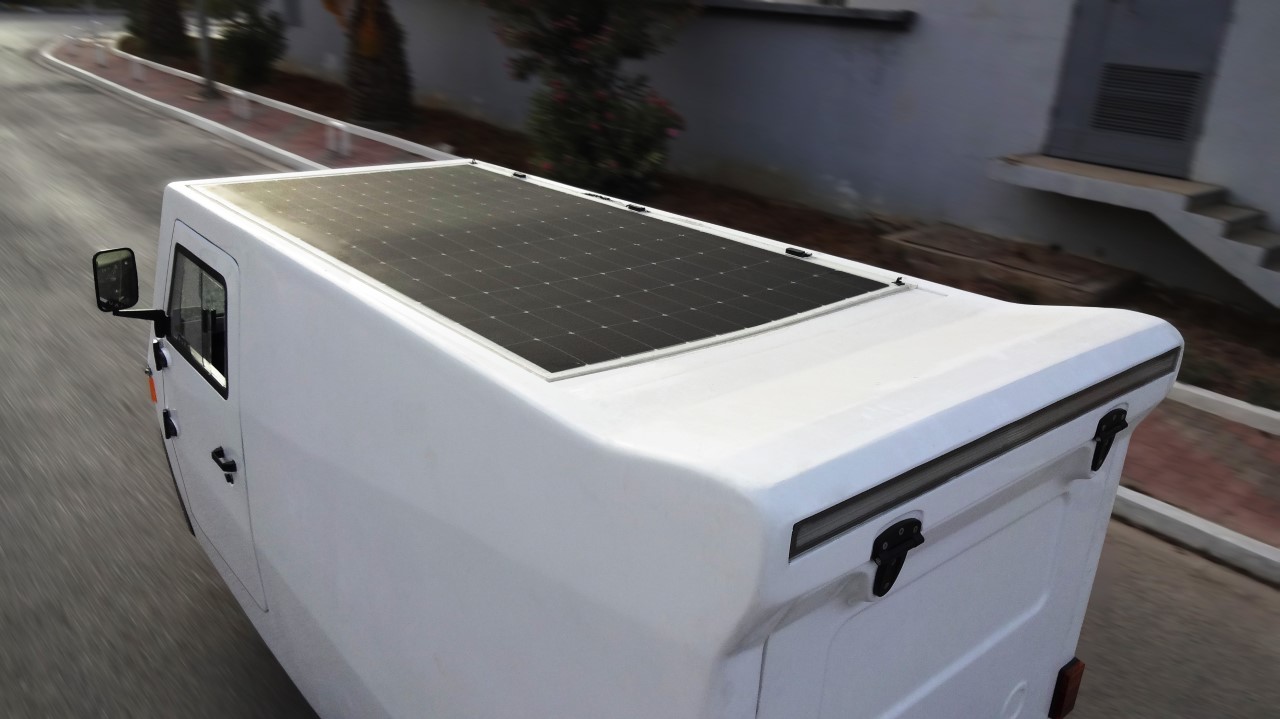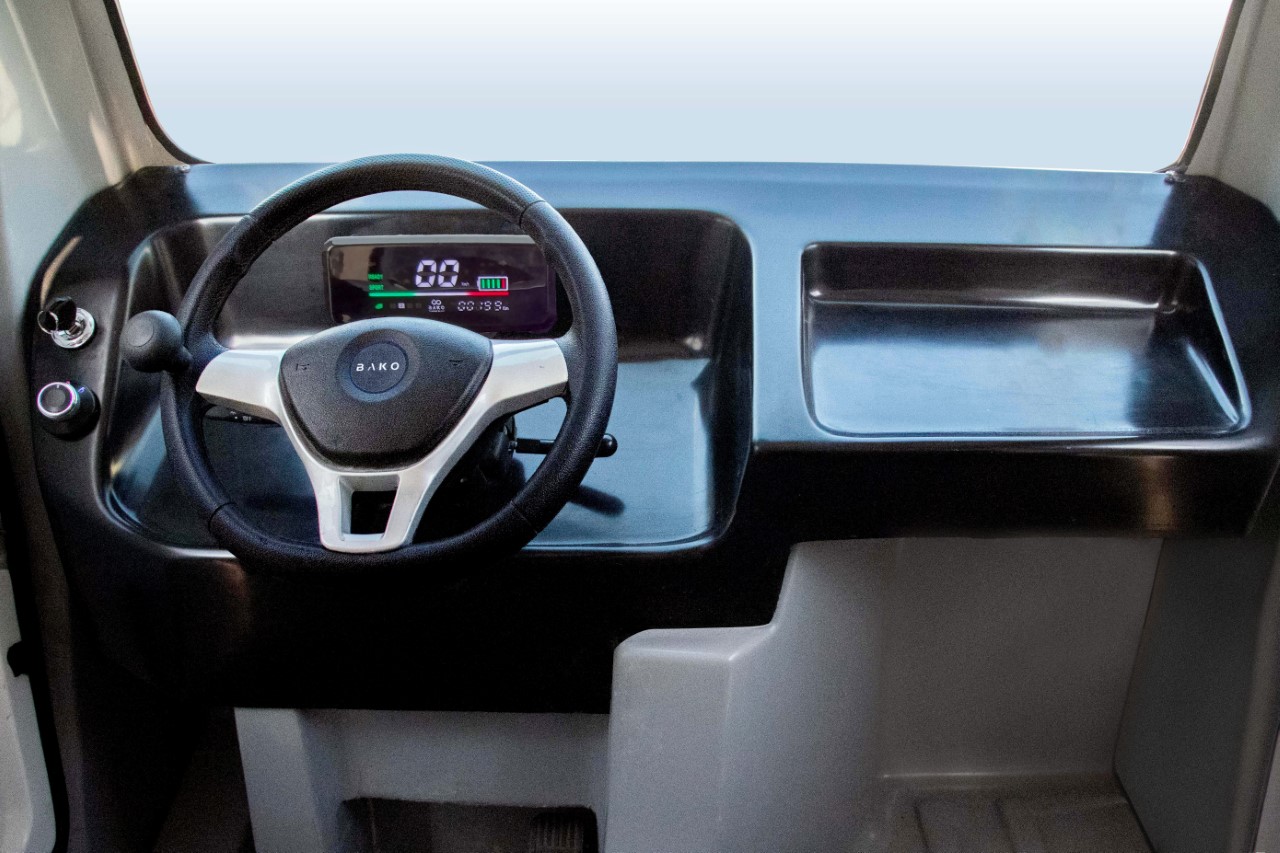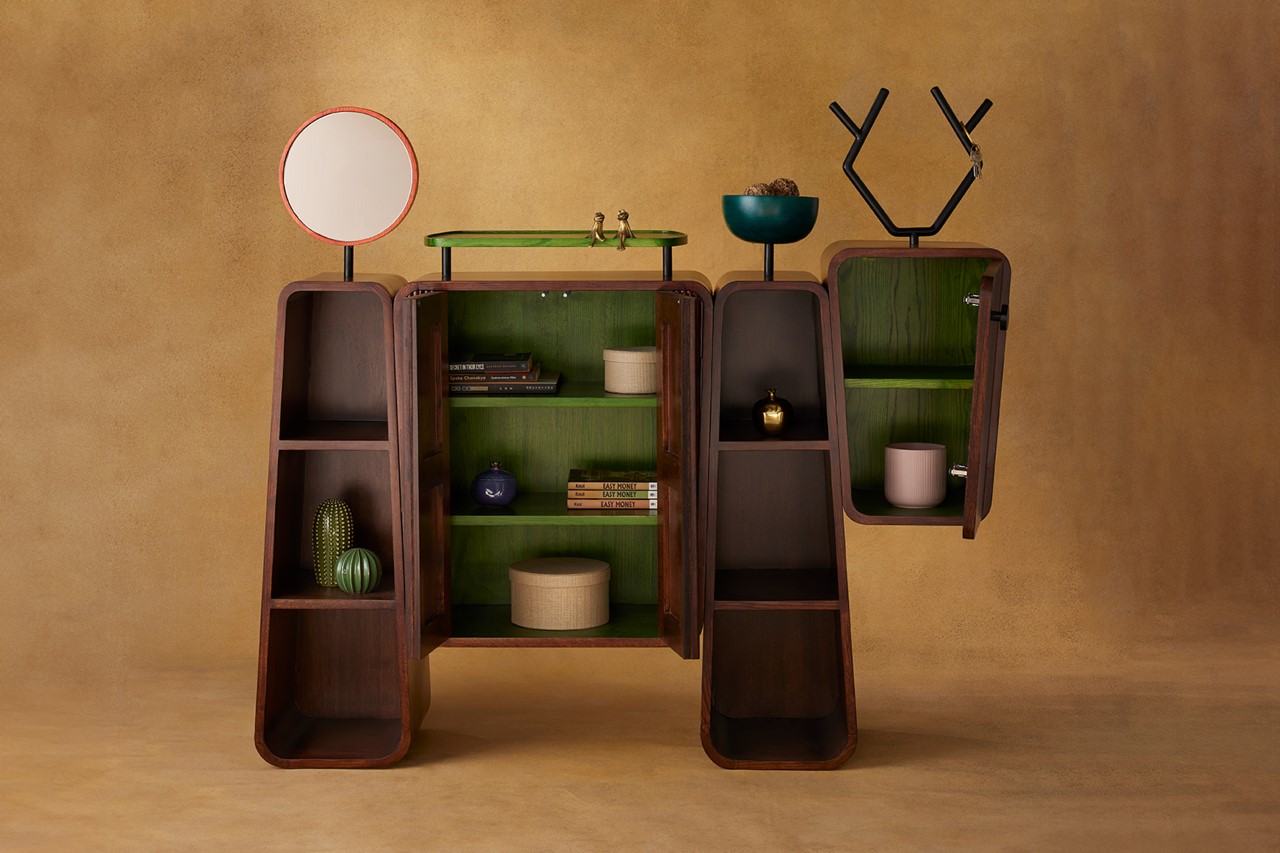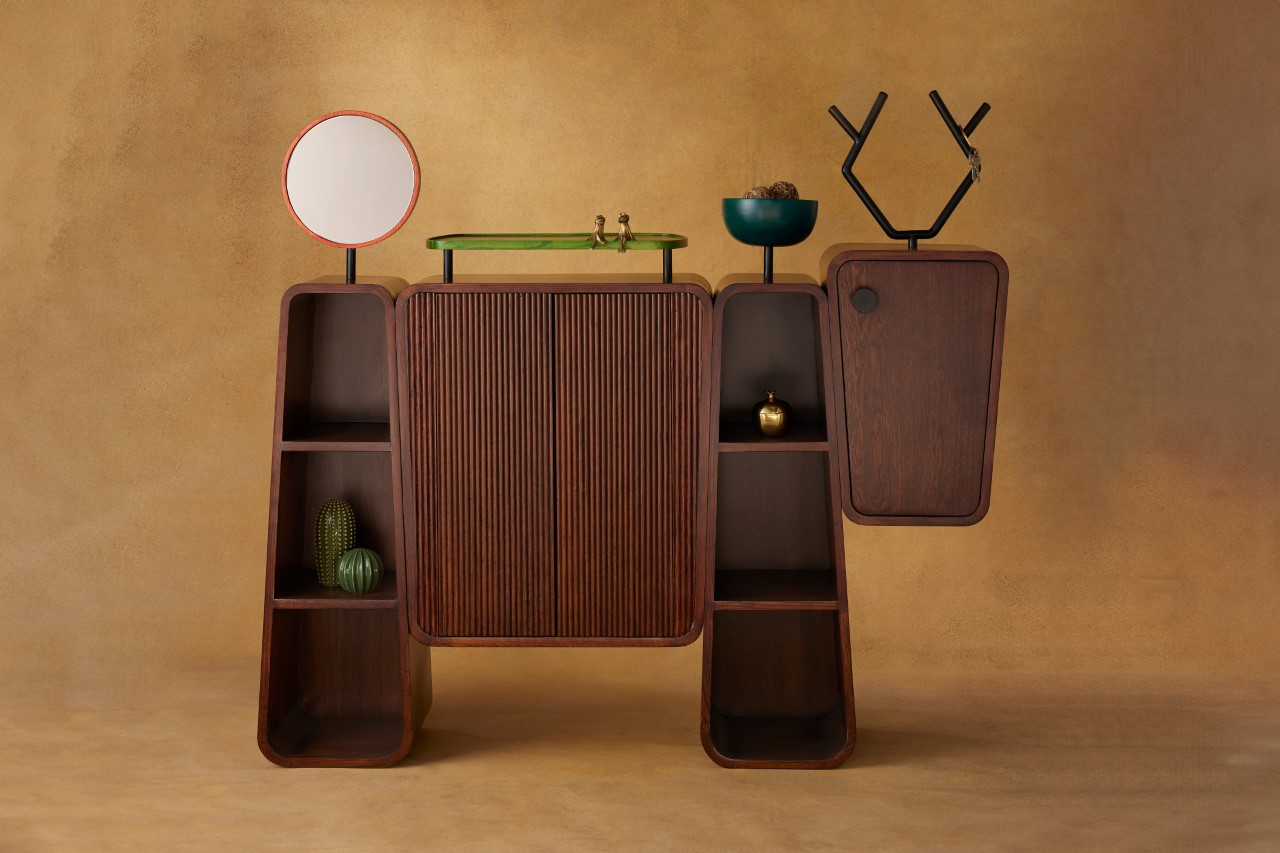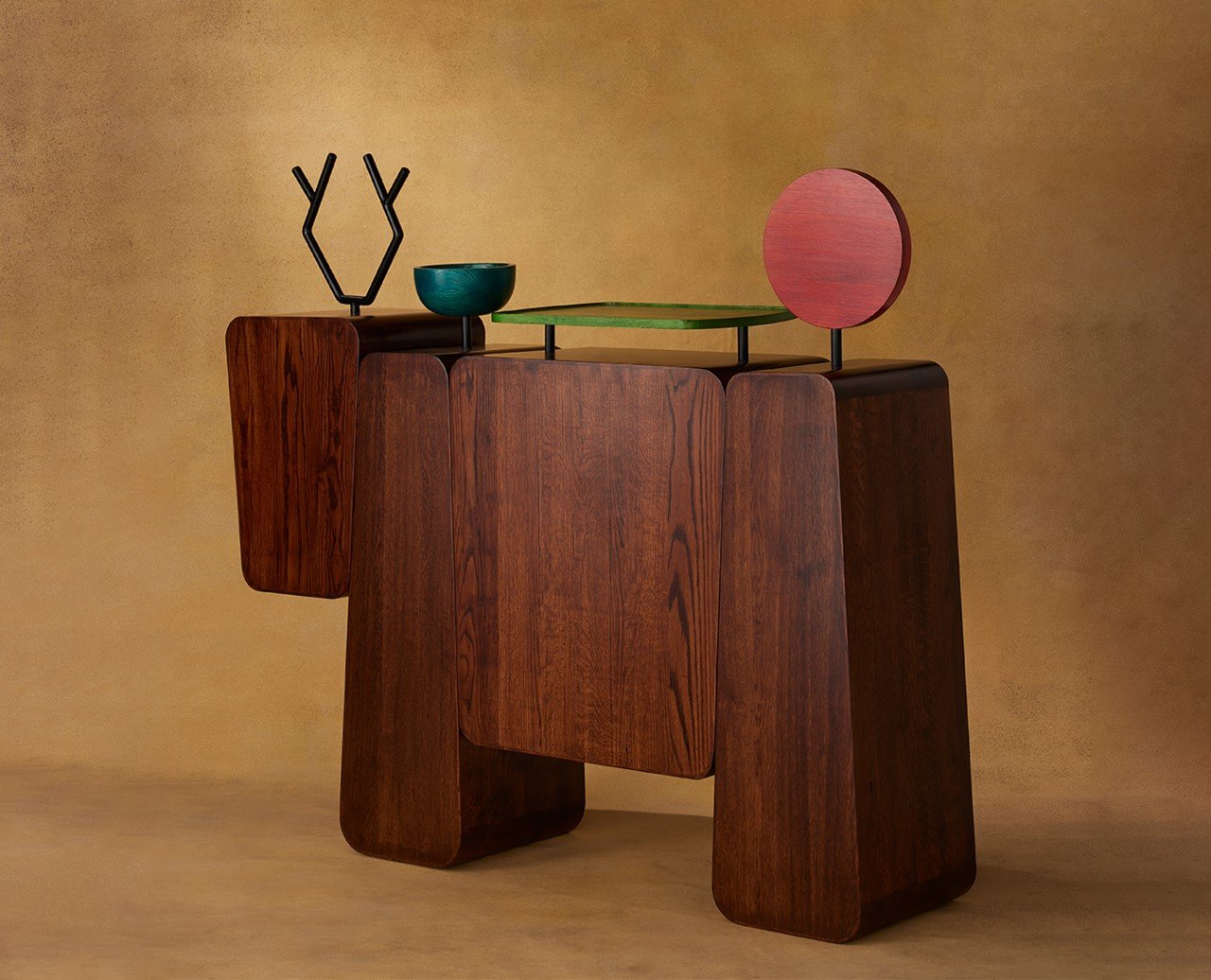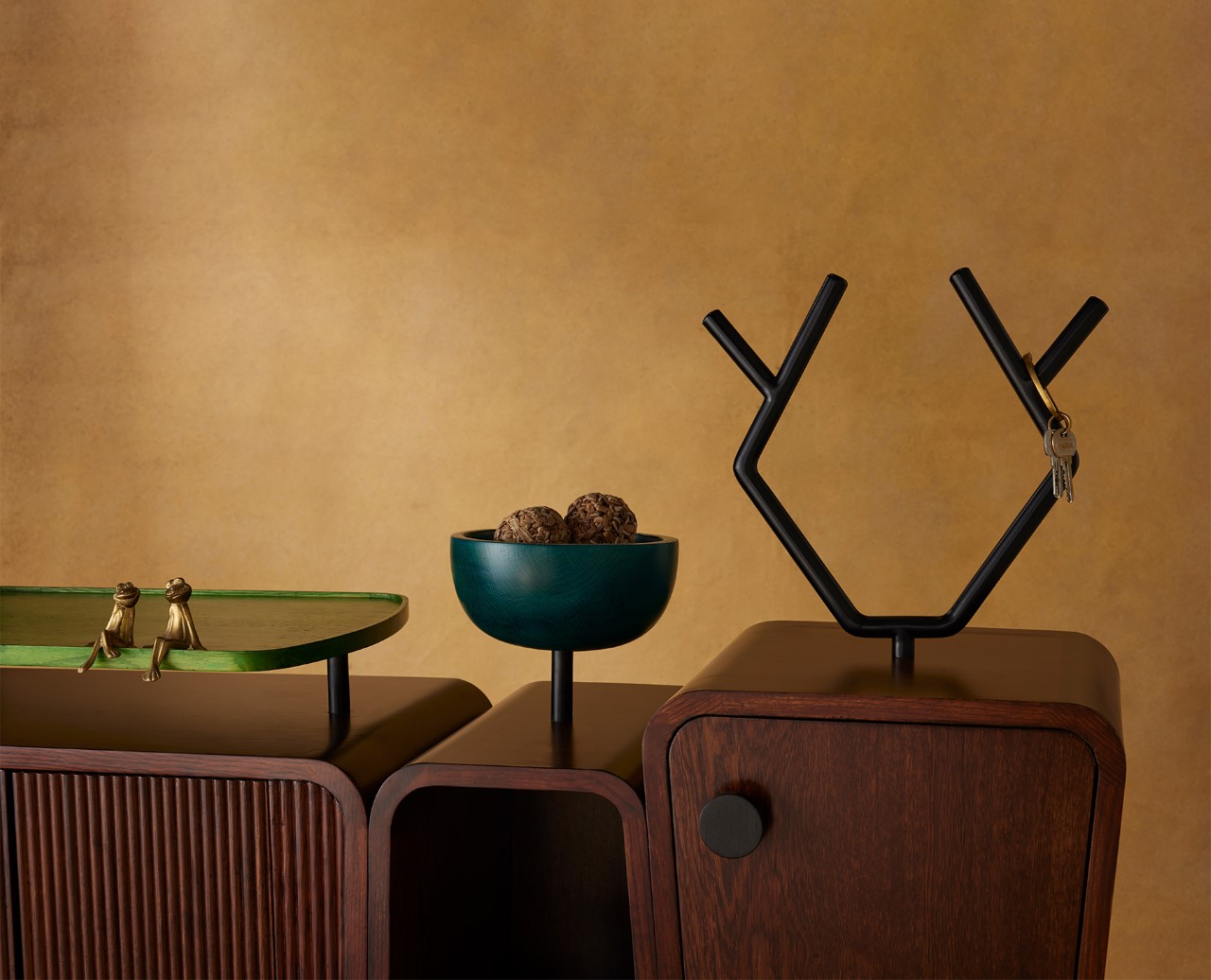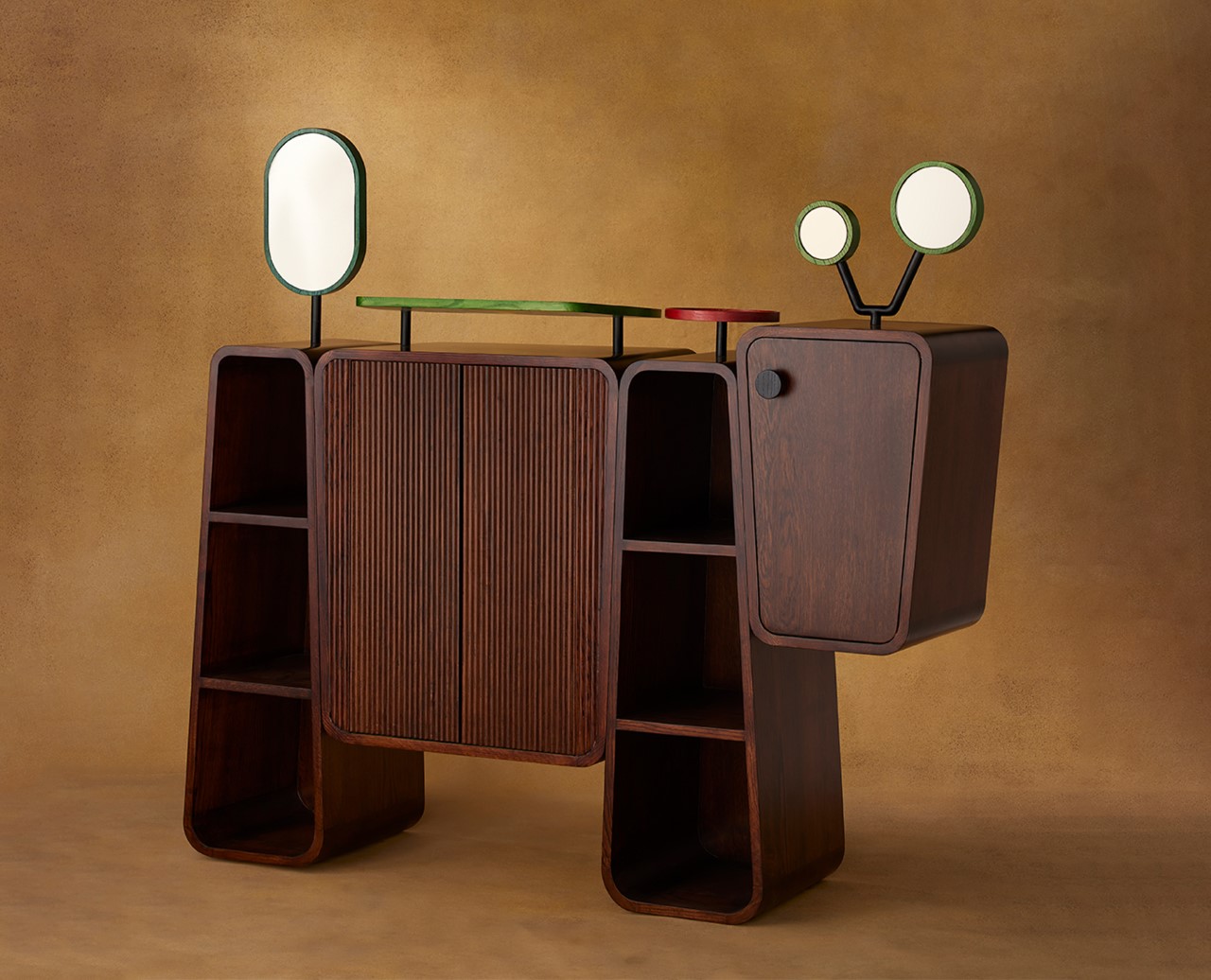Apple will finally launch new iPads in early May, according to Bloomberg’s Mark Gurman. Expected are a new iPad Pro with an OLED display and a faster iPad Air, including a 12.9-inch model for the first time in that lineup. The details of the upcoming iPad models have been consistent, circulating through the rumor mill since last year.
The new iPad Pro models will reportedly add OLED displays (offering deeper blacks and richer colors) and run on the new M3 chip, already found in several Macs. The new tablets are said to launch alongside a redesigned Apple Pencil and Magic Keyboard. Other than a white color option, the latter has remained unchanged since its arrival four years ago.
Meanwhile, the iPad Air will supposedly run on a new processor. Bloomberg didn’t specify which, but — considering the current model uses the M1, and Apple likely wants to reserve the M3 for the more expensive Pro — the M2 sounds like a safe bet. The 12.9-inch screen option would mark the first time the iPad Air line has offered a display larger than 10.9 inches. Although Apple will charge more for that model than the smaller sibling expected alongside it, that would be the cheapest way yet to get a supersized iPad screen.
Gurman said early this month that the new tablets would launch alongside the M3 MacBook Air, but the laptop arrived without any iPads in tow. He now reports that Apple’s release schedule was pushed back to finish working on the devices’ software and ironing out the kinks from the “complex new manufacturing techniques” they require.
This article originally appeared on Engadget at https://www.engadget.com/an-oled-ipad-pro-and-the-first-big-screen-ipad-air-will-reportedly-arrive-in-may-204056132.html?src=rss
